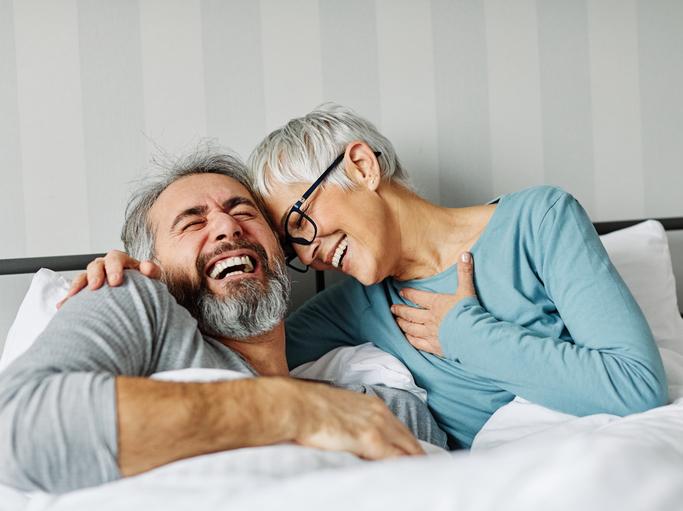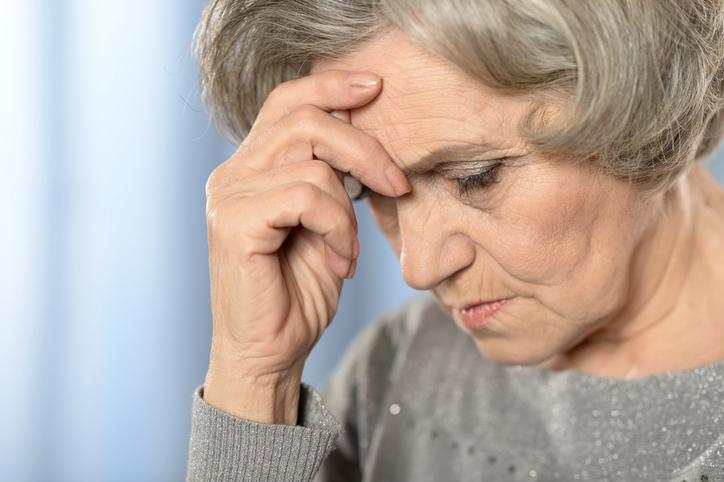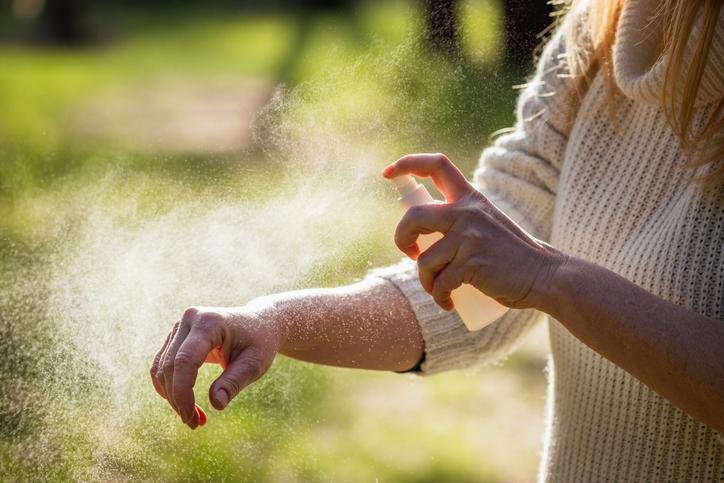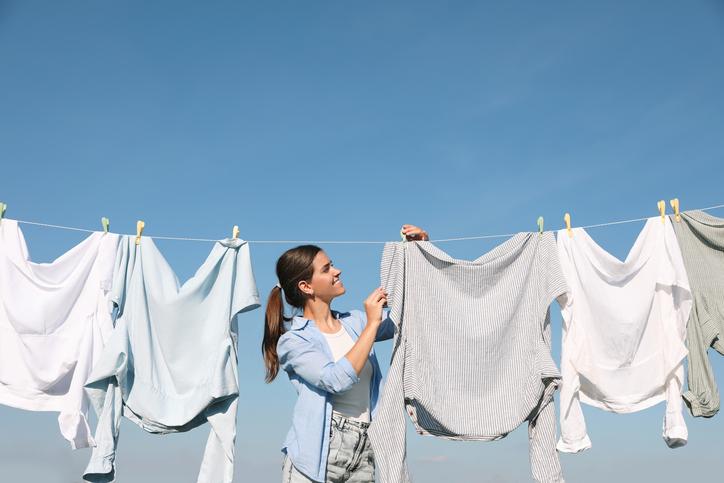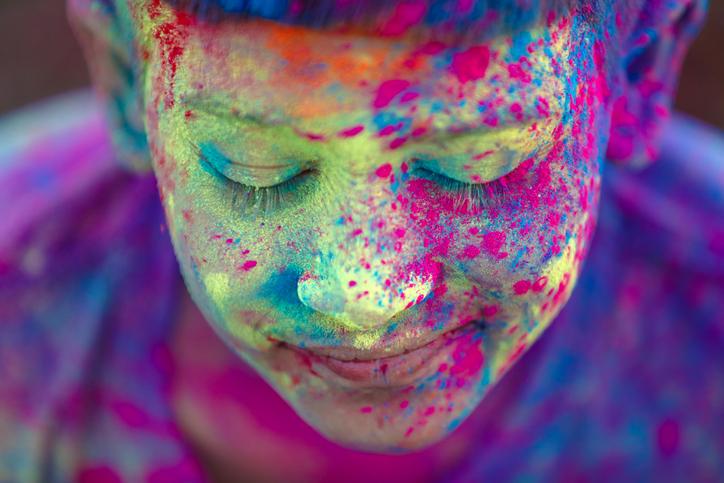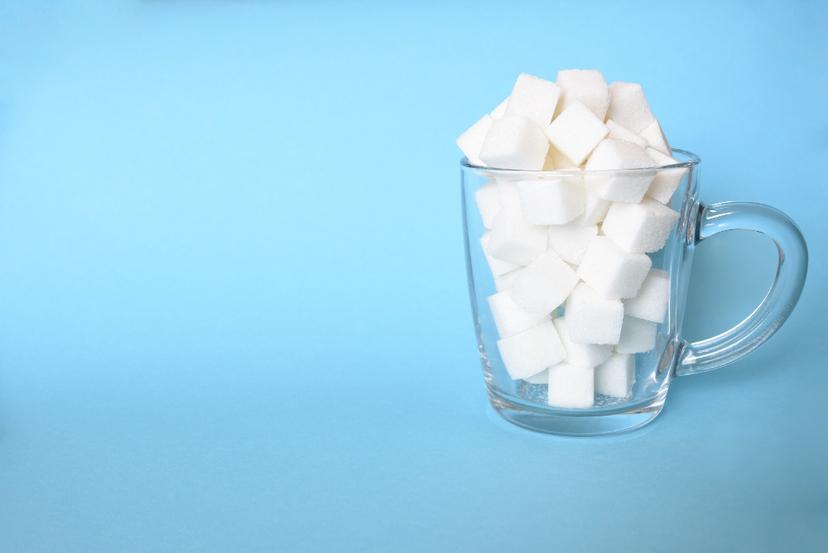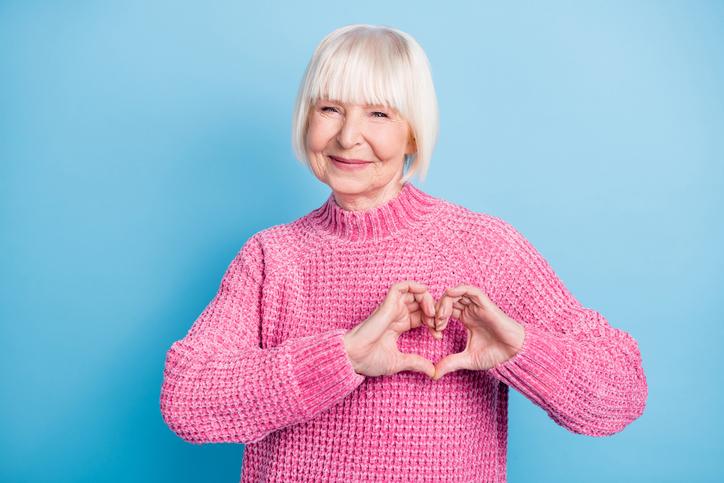19 февраля 2022
How To Choose the Right Shampoo


19 февраля 2022
How To Choose the Right Shampoo
## What does shampoo do?
Simply put, shampoo is a soap for the scalp and hair surface. Its task is to wash away sebum, dust, dirt, and sweat — and that’s it. The shampoo does not take care of the hair, treat it or radically change its condition. Therefore, it is important to understand that products advertised as "nourishing" or "regenerating" are not much more than marketing tricks. When choosing a shampoo it is important to consider not only the condition of the hair but also the condition of the skin.
## How do you know what kind of skin you have?
You can find out what type of skin you have by observing how long it takes for your hair to get dirty. An important nuance: the longer your hair, the longer it takes to get dirty, so our checklist shows approximate parameters for medium-length hair (up to your shoulders or slightly below).
If you wash your hair with your usual shampoo, do not apply anything to style it, do not go to the gym, do not experience serious physical exertion, do not wear a hat, and do not overheat in the sun, then you can expect your hair to look dirty in=== :
- 1–2 days: an oily scalp
- 2–3 days: a normal scalp
- 4–5 days: dry scalp
Only a trichologist can do a more serious analysis since areas of the skin can appear different.
## What's right for me?
- An oily scalp requires cleansing and sebum-regulating formulas. These shampoos are typically called "refreshing," "prolonging clean hair," or just labeled "for oily hair," even though it's essentially about the condition of the scalp.
- For dry scalp, manufacturers usually refer to their products as moisturizing, softening, regenerating, or nourishing. The primary difference is more delicate detergent components, which are not as active in washing away the lipid layer on the surface of the skin. Therefore, it's less itchy and flaky.
- For colored hair, we are offered the same formulas as for dry hair, because coloring dries the skin — even if it was originally oily. Such shampoos often contain pigments (this is especially true for tinting shampoos), bleaching agents (so-called purple shampoos for blondes and gray hair), and they usually have reduced detergent content, which prevents the color from washing out of the hair's keratinous scales.
- Shampoos for dandruff are a separate category. It is important to make a careful choice for this condition as the appearance of dandruff has many possible causes ranging from infections to endocrine disorders. In a standard situation, any shampoo with zinc in the composition should be effective. It is worth checking out first before other products to see if it works.
## What ingredients to look out for?
Most people have oily scalps. To slow down the process of hair pollution and get rid of excess sebum, you need sulfate shampoos. They've been criticized for some time as potentially dangerous, but no conclusive studies have proven that sulfates are harmful.
Silicone shampoos are not recommended for oily scalps and quickly polluted hair, but they are excellent for dry or colored hair. They form a thin film on the surface of the hair and will make dry hair look better aesthetically. Oily hair, on the other hand, may look greasy in the evening.
Plant extracts (as long as they are real extracts — no fragrances) can cause allergic reactions. If you are allergic to honey, for example, it is best not to buy a shampoo with honey components. In general, the presence of herbal extracts in a shampoo usually indicates its better sebum-regulating ability, and oils are usually added to soften the scalp.
Although parabens and mineral oils have been thought to be related to cancer, today they are not recognized as dangerous. However, individual reactions for certain people are possible.
## Is it worth buying professional shampoos?
Therapeutic shampoo remedies, including those used by masters in beauty salons, are called professional shampoos. Do not use these “hairdresser” shampoos for everyday use, because they are designed to prepare for coloring and other procedures, and not for simple cleansing. Therefore, if your doctor has not prescribed a specific therapeutic shampoo for you, you can use one off the shelf.

